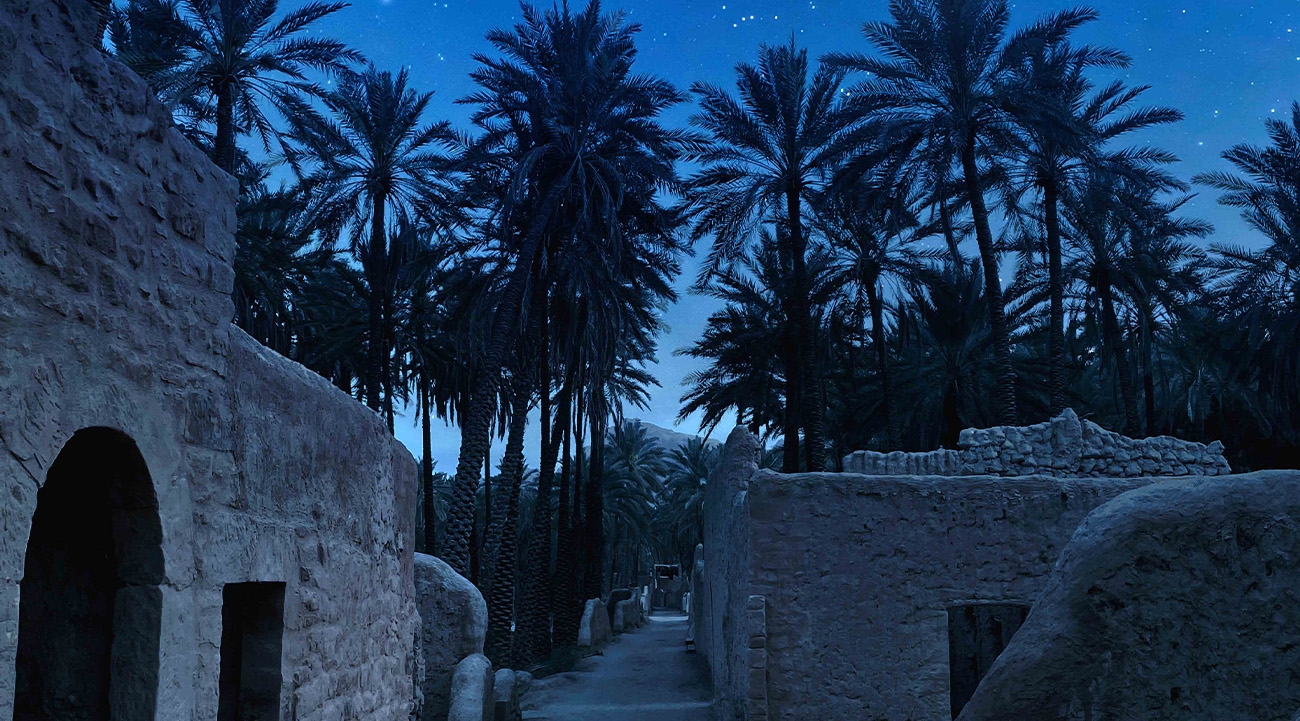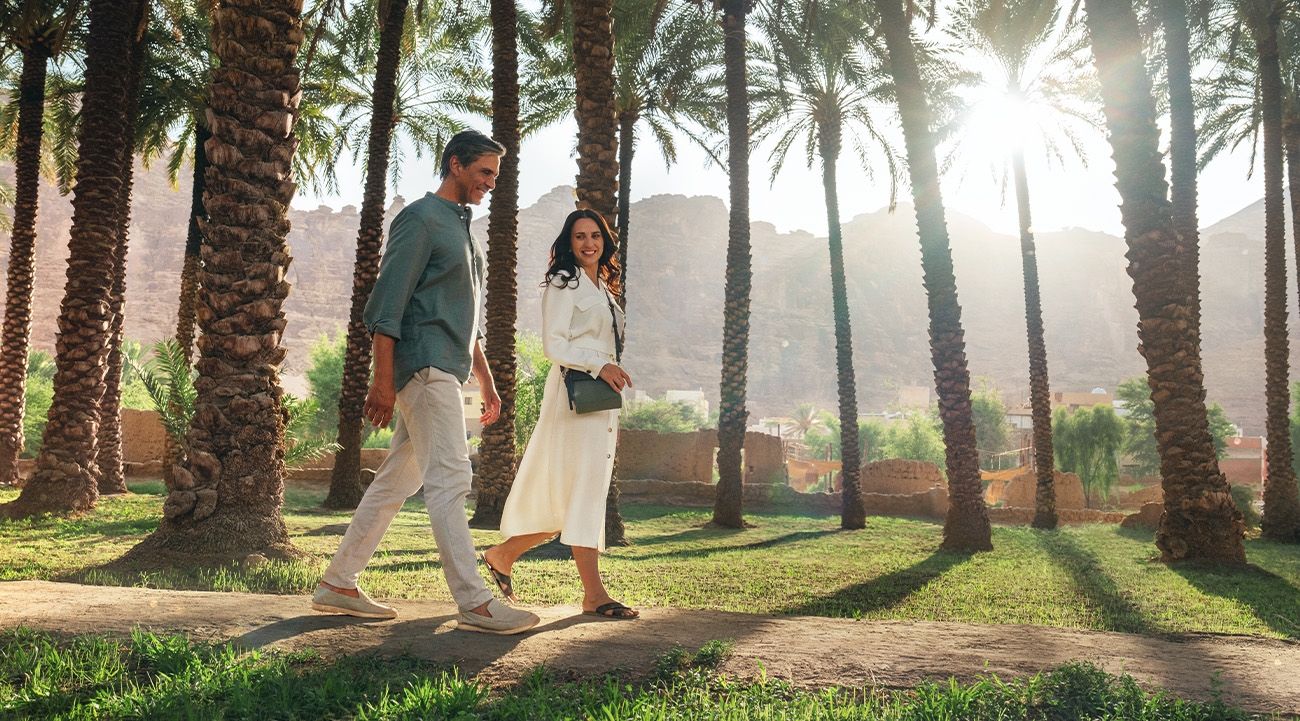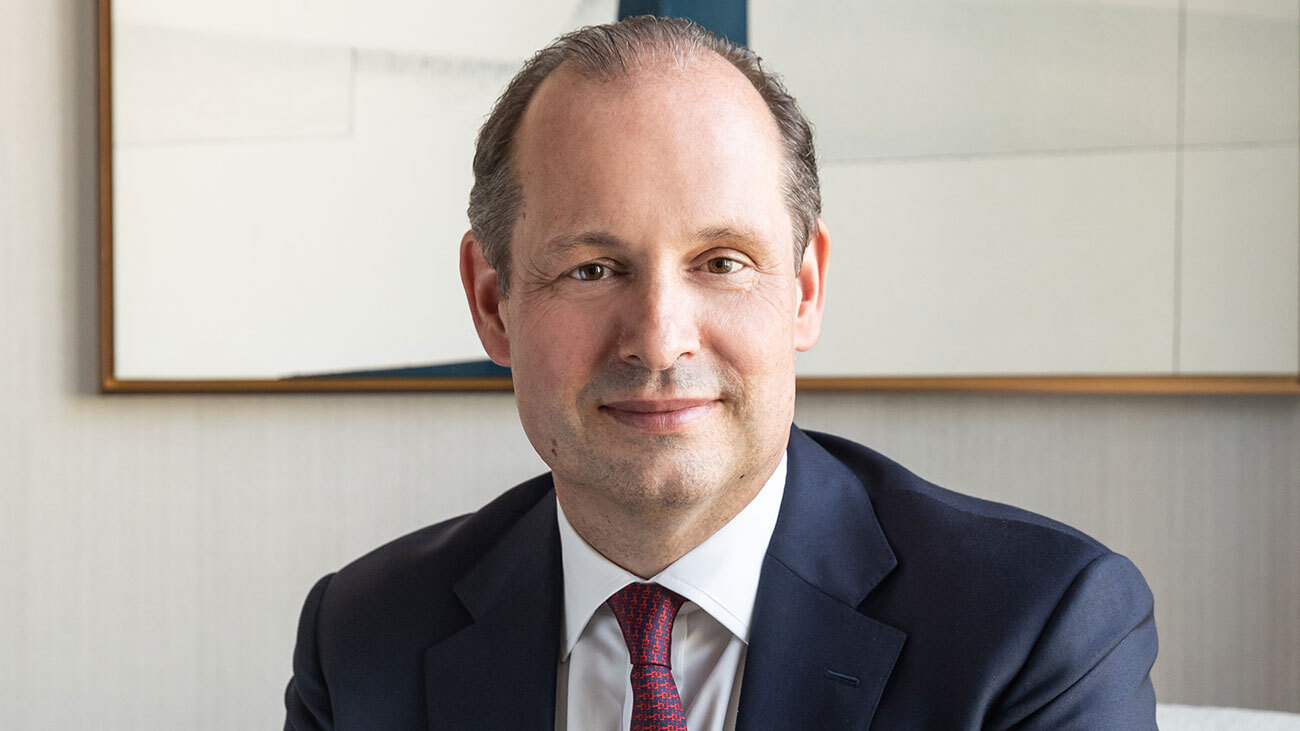Why now is the time to visit the Saudi Arabian gem of AlUla
There aren’t many places in the world that feel truly undiscovered – but AlUla is one of them. After less than a week exploring this extraordinary region, where red rock monoliths rise above swathes of untouched desert, and clusters of emerald date palms sit between ancient petroglyphs, I was firmly under its spell.
There’s a mysticism that’s hard to place – a calmness and tranquillity you feel in its huge, empty spaces, a reverence for the civilisations that occupied its landscapes thousands of years ago. I didn’t quite know what to expect before coming, but that’s exactly where AlUla’s magic lies.
In a place where excavations have only scratched the surface, and where tourists have only recently begun arriving, it’s about discovering the unknown – and if clients want to tread where few others have, you’d be hard pressed to find a more captivating destination.
Why sell it
Once the centre of the ancient Dadan kingdom and later a key point for travellers, traders and pilgrims on the Incense Road, AlUla’s 7,000 year old history is genuinely fascinating. This is a place that’s long welcomed travellers passing through, and that openness is still present today.
We were met with a warm, friendly welcome everywhere we went, with rawis (local storytellers), archaeologists, driver guides and others proud to share their stories with us. It's not just the history and heritage that lures people here.
Clients looking to recharge will find wellness-focused luxury properties tucked into secluded locations across the desert, while adventurous types can swing between canyon walls, head out in dune buggies across the sand or soar over the green oasis in a hot air balloon. It’s relatively easy to get here, too; Qatar Airways flies from London to AlUla via Doha in just over 10 hours. You can also fly via Dubai, Riyadh and Jeddah. As a bonus, it’s only a three-hour time difference from the UK – or just two hours in summer.


What’s new
New product is constantly launching here. Among the latest additions on the accommodation front is boutique hotel Dar Tantora The House Hotel, which will open in April this year in AlUla’s Old Town. Built into a collection of original, restored mud-brick houses, this unique, 30-room hotel puts the focus on Arabian tradition, with wood-beamed ceilings and atmospheric, candle-lit rooms offering a luxury take on the region’s historic homes.
Elsewhere, The Chedi Hegra will open later this year in the heart of Hegra, making it the only hotel to be nestled within the Unesco World Heritage Site. The luxury retreat will feature 35 rooms, three restaurants, a pool and spa, all housed in existing structures – including a historic railway station and Hegra Fort. Three new Aman resorts are also set to open in the coming years, as well as The Bethesda, an Autograph Collection hotel set to have 250 rooms and suites.
A Six Senses property is scheduled to follow in 2027. Beyond the flurry of fresh hotels, clients can expect plenty of new cultural openings. In 2026, the first artworks will be available to see at Wadi AlFann, a new cultural destination with permanent work from artists such as James Turrell set in the canyons of the desert. In bigger news still, AlUla is partnering with Paris’s Centre Pompidou to develop a new contemporary art museum that will showcase local and international artists, due to open in 2027.
The Museum of the Incense Road is also scheduled to launch in the same year, taking visitors on a journey through the history of AlUla, with design led by London-based architect Asif Khan. There are plenty of new experiences to sell too. Sunrise hot-air balloon flights over AlUla’s otherworldly landscapes began operating in October, while new tours recently launched at the sites of Khaybar and Tayma, giving visitors a chance to learn more about the intriguing history of AlUla’s surrounding region.
When to go
Clients can expect blue skies and sunshine year-round. Summers can get hot (the average temperature in August is 38C), so the best time to visit is from October to April, when average temperatures range from 12-25C. November, March and April are ideal months to come if your clients are after a warm dose of winter sun.
Where to stay
There’s a growing handful of luxury retreats to choose from here. Among the highlights is Habitas AlUla, where 96 villas scatter the sand, each set in their own secluded spot and surrounded by towering sandstone formations that make you feel like you’re on another planet.
For an even more experiential stay, Habitas also manages Caravans by Habitas – a collection of deluxe Airstreams located a short drive from the main resort. Elsewhere in the Ashar Valley, the award-winning Banyan Tree AlUla is also a standout.
It’s home to 47 tented villas, spanning one, two and three bedrooms, some with their own private pools. There’s also a shared pool, a signature Banyan Tree Spa and two restaurants, including fine-dining spot Saffron. For those keen to stay in the heart of the Old Town, the aforementioned, newly opened Dar Tantora is an excellent option with its emphasis on local tradition, while Shaden Resort offers contemporary rooms and villas among the desert’s towering rocks.


What to see and do
Any visit to AlUla should start with a tour of Hegra,Saudi’s first Unesco World Heritage Site. The largest conserved Nabataean sitesouth of Petra, this otherworldly, impressive landscape is home to more than100 elaborate tombs, dating back 2,000 years and carved into copper redmonoliths. There’s more in the way of history at Dadan, where archaeologistsare still excavating the remains of two of Arabia’s most important ancientkingdoms, the Dadan and Lihyan.
Pair Dadan with a history visit to the nearby Jabal Ikmah tosee the largest concentration of preserved Arabic inscriptions and rock art inthe world; think reams of petroglyphs etched into jagged, honey hued rockformations.
For a newer take on history, AlUla’s Old Town is unmissable.Occupied from the 12th century until the 1980s, when residents were moved frommud houses into newer homes, this atmospheric area has been restored withlantern lit streets, trendy restaurants and artisanal boutiques housed inoriginal mud dwellings. Elsewhere, the Sharaan Nature Reserve is well worth avisit for anyone into flora and fauna, with jeep tours taking visitors into theheart of the ochre sand desert to spot oryx, Arabian gazelles, red neckedostriches, ibises and more.
Clients who want an adrenaline rush can head to theAdventure Hub to take on various activities, from via ferrata and abseiling toziplining, the AlUla Stairway and the Giant Swing; the last had me dangling offan 85 metre ledge to freefall between the canyon walls – it was exhilarating.
But that’s just the start; the beauty of AlUla is thatthere’s constantly more to see. You can come here and feel like a realexplorer, delving into ancient civilisations, uncovering thousands of years ofhistory and discovering things few others have – and in today’s world, that’struly a rare find.
Book it: Elegant Resorts offers five nights in a DuneOne Bedroom Villa at Banyan Tree AlUla for £7,345 per person on a bed andbreakfast basis. The price includes tours of Hegra, Elephant Rock, AlUla OldTown, Dadan, Jabal Ikmah and a stargazing experience. It’s based on an October5 departure with flights from Heathrow with Qatar Airways.
elegantresorts.co.uk


